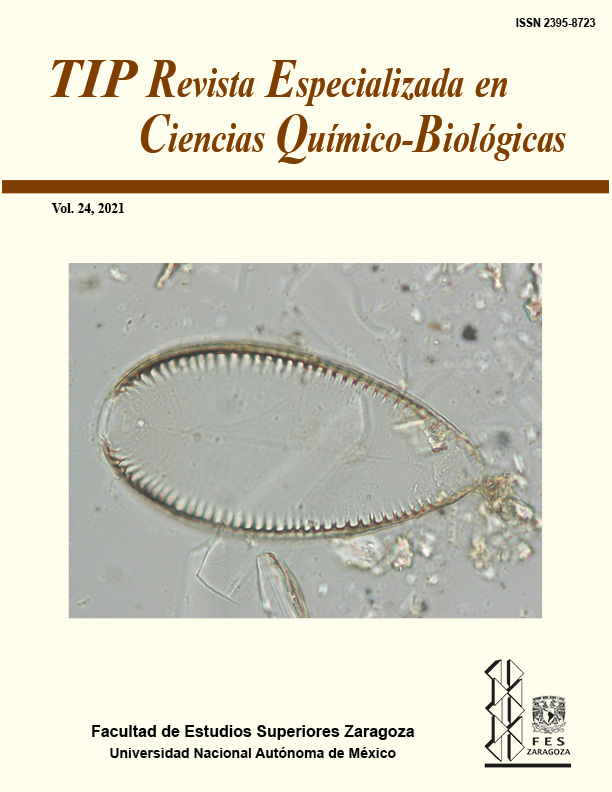Abstract
The sphingolipid, sphingosine 1-phosphate (S1P), induces a plethora of actions at levels of individual cells and tissues modulating cell proliferation and promoting survival; at the tissue level, S1P promotes angiogenesis, cardiogenesis, limb development, the formation of the lymphatic and nervous systems, among other functions. The S1P1 receptor is a seven transmembrane-spanning domain protein that mediates many of the actions of S1P. The S1P1 receptor is of great medical importance because it is involved in the pathophysiology of multiple sclerosis. Under physiological conditions, S1P1 is expressed on the lymphocyte’s surface and is essential in regulating egression from lymph nodes in response to the concentration gradients of this lipid among tissues. On the other hand, multiple sclerosis, a chronic, autoimmune, and neurodegenerative disease of the central nervous system, is associated, in many cases, with an irreversible progression and disability. In the pathogenesis of multiple sclerosis, after the lymphocytes leave the lymph nodes, they are found in the bloodstream, cross the blood-brain barrier and invade the central nervous system, favoring the secretion of inflammatory cytokines that activate macrophages, and other cells, destroying the myelin sheaths; besides, B lymphocytes produce antibodies against myelin components, leading to demyelination, and the axonal and neuronal damage that characterizes multiple sclerosis.
TIP Magazine Specialized in Chemical-Biological Sciences, distributed under Creative Commons License: Attribution + Noncommercial + NoDerivatives 4.0 International.



